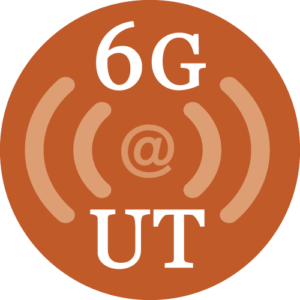Secure Perception
 The next few decades will see pervasive autonomous control systems become critical to the world economy—from autonomous cars and aircraft to smart homes, smart cities, and vast energy, communication, and financial networks controlled at multiple scales. Protecting these systems from malicious attacks is a matter of urgent societal interest.
The next few decades will see pervasive autonomous control systems become critical to the world economy—from autonomous cars and aircraft to smart homes, smart cities, and vast energy, communication, and financial networks controlled at multiple scales. Protecting these systems from malicious attacks is a matter of urgent societal interest.Our secure perception research has focused on an emergent category of cyber-physical attack that has seen little scrutiny in the secure control literature. Like cyber attacks, these attacks are hard to detect and can be executed from a distance, but unlike cyber attacks, they are effective even against control systems whose software, data, and communications networks are secure, and so can be considered a more menacing long-term threat. These are field attacks: attacks on the physical fields—electromagnetic, magnetic, acoustic, etc.—measured by system sensors. As specialized sensor attacks, field attacks seek to compromise a system’s perception of reality non-invasively—from without, not from within.
We are striving to develop a coherent analytical foundation for secure perception in the presence of field attacks and a suite of algorithms and tools to detect such attacks. A key insight behind our approach is that the physics of field attacks impose fundamental difficulties on the attacker. As with the one-way functions that underpin public-key cryptography, there are tests which are fundamentally difficult to circumvent even in the presence of process and measurement noise and when the system state is not fully observable from unaffected sensors. Our approach seeks to progressively build security into navigation, collision avoidance, and timing perception from the physical sensory layer to the top-level state estimation algorithms.


